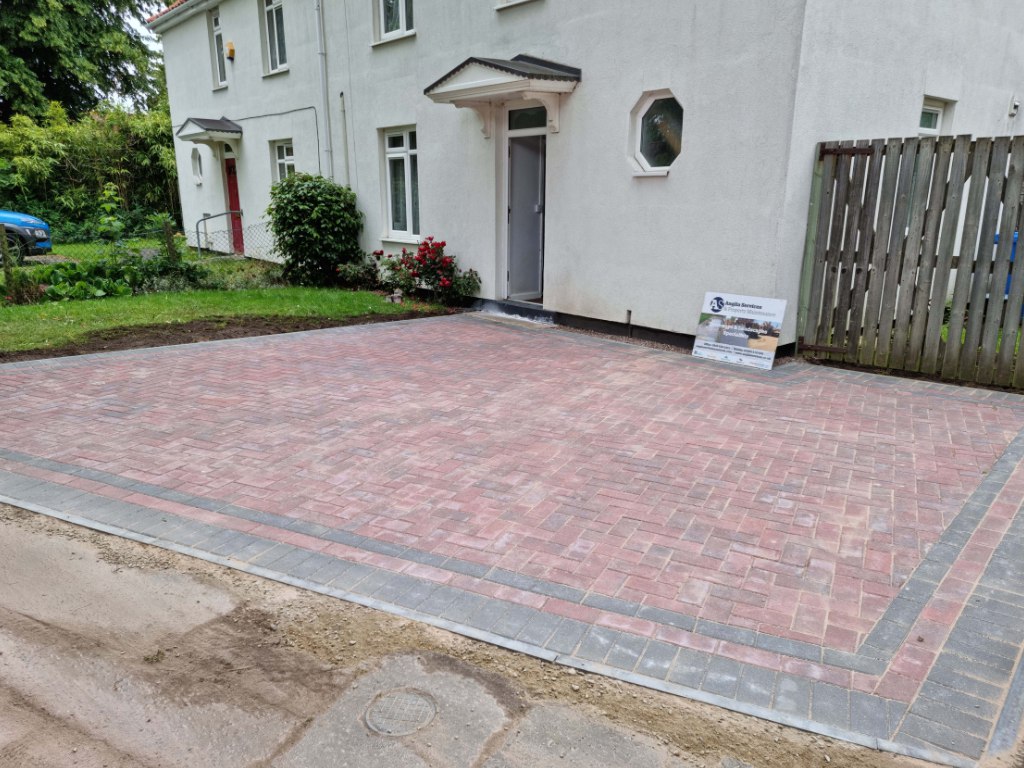Is Your Driveway Sinking? Causes and Solutions for Uneven Surfaces
A sinking or uneven driveway is not only unsightly but can also pose a safety hazard for both pedestrians and vehicles. If you’ve noticed cracks, depressions, or areas where your driveway has started to sink, it’s essential to address the problem sooner rather than later to prevent further damage. But what causes these issues, and how can they be effectively fixed?
In this article, we’ll explore the common causes behind sinking driveways and offer practical solutions to restore your driveway to its former glory.
1. Understanding the Causes of Sinking Driveways
Several factors can contribute to the sinking of a driveway. Identifying the root cause is essential for selecting the most appropriate solution for your situation.
Poor Installation
One of the leading causes of sinking driveways is poor installation. If the base of your driveway was not properly compacted, or if the materials used were of low quality, the surface can start to sink over time. This is particularly true for driveways made from materials like gravel, which can settle unevenly if not installed correctly.
Soil Movement
The ground beneath your driveway plays a significant role in its stability. Changes in the soil’s moisture content can cause it to expand and contract, leading to settling and uneven surfaces. For example, wet weather can cause the soil to become soft and shift, resulting in areas where the driveway sinks.
Tree Roots
Large trees near your driveway can lead to sinking as their roots spread underneath the surface. These roots may push against the driveway surface, creating raised areas or causing depressions in certain spots.
Heavy Traffic or Loads
Regularly parking heavy vehicles or machinery on your driveway can cause pressure on the surface, leading to cracks and depressions over time. This is particularly an issue for driveways made from porous materials that aren’t designed to withstand constant heavy loads.
Water Drainage Problems
If your driveway lacks proper drainage, water can accumulate beneath the surface, leading to erosion and a softening of the base. This moisture can then cause the driveway to sink or become uneven, as the base material starts to lose its integrity.
2. Solutions for Uneven and Sinking Driveways
Once you’ve identified the cause of the problem, you can explore a range of solutions to fix the issue. Some fixes may be straightforward, while others may require more extensive work.
Regrading and Resurfacing
If your driveway has sunken in certain areas due to poor grading or a soft base, regrading may be necessary. This involves levelling out the surface by adding fresh material to create a smooth, even surface. Once the grading is complete, resurfacing with a high-quality driveway material like tarmac or resin-bound gravel can ensure long-lasting stability.
Sub-base Repair
For driveways suffering from sinkage caused by soil movement, a sub-base repair may be required. This involves removing the damaged surface and laying down a new, properly compacted base layer to provide a solid foundation for the driveway. This solution can help prevent future sinkage by reinforcing the ground beneath your driveway.
Root Barrier Installation
If tree roots are causing your driveway to sink, installing a root barrier can help. A root barrier is a physical barrier placed between the tree’s roots and the driveway to prevent them from spreading under the surface. This can help prevent further damage while preserving the health of your tree.
Improved Drainage Solutions
To address water drainage issues, consider installing proper drainage systems such as French drains or surface drains. These systems redirect excess water away from the driveway and prevent pooling, ensuring that the ground beneath remains dry and stable. Improving drainage will help maintain the integrity of the driveway and prevent sinking in the future.
3. Preventative Maintenance Tips
While it’s important to address existing sinking issues, regular maintenance can help extend the lifespan of your driveway and prevent further problems.
Regular Inspection
Perform regular inspections of your driveway to check for early signs of sinking or damage. Look for cracks, depressions, or areas where the surface is uneven. Early detection can help prevent the problem from worsening and reduce the cost of repairs.
Sealant Application
Applying a sealant to your driveway surface can help protect it from water damage and prevent moisture from penetrating the surface. Sealants act as a protective layer, helping to maintain the driveway’s stability and prevent future sinking.
Proper Drainage Maintenance
Ensure that your driveway’s drainage systems are clear and functioning properly. Clean out any debris that may be blocking the drains, and make sure water is flowing freely to prevent build-up and erosion.
4. Conclusion
A sinking or uneven driveway can be more than just an eyesore – it can also be a safety hazard. By understanding the causes behind the issue and taking proactive steps to repair and maintain your driveway, you can restore both its appearance and functionality. Whether it’s through regrading, improving drainage, or dealing with tree roots, addressing the problem promptly can save you money in the long run and ensure your driveway remains in top condition.
If you’re dealing with a sinking driveway, don’t hesitate to reach out to professionals at Wellingborough Driveways & Patios for expert advice and repair solutions. Our team is ready to provide high-quality services that will restore your driveway to its best. Contact us today to discuss your driveway issues and let us help you get back on track.
Call us on: 01933 823 204
Click here to find out more about Wellingborough Driveways & Patios
Click here to complete our contact form and see how we can help with your driveway needs.
